REVIEW – Fire Emblem Engage is another solid success in the Nintendo-exclusive tactical series, even if it’s not as big a step forward as the previous installments.
When I play a tactical game like Fire Emblem Engage, I always make the same critical mistake. There’s always that moment when I get too cocky and try to push the momentum to the point where I put one of my teams in mortal danger. This happened to me in one of the late story episodes, when I started a mission by sending a wyvern-riding sage onto the battlefield without first scouting it. I encountered a deadly arrow from a tower, which I would have spotted if I had approached more judiciously. Sometimes you have to know when to retreat, even if you think you have the advantage.
As a master strategist, Fire Emblem Engage understands this type of player. Rather than following the success of 2018’s Fire Emblem: Three Houses by replicating the gameplay experience, the new tactical RPG is more of a quick overhaul for the long-running series. New systems have been added to strengthen the core combat and strategy element, such as adding extra armor for an axe-wielding knight. At first glance, this may seem like a step backwards, but it’s more of a lateral move to ensure the series can safely fight the next battle.
Fire Emblem Engage delivers another strong tactical experience that’s even more enjoyable in handheld mode. The game’s story isn’t as engaging as some recent installments, and side activities can become tedious, but memorable characters and a great visual world make for another easy win in a long line of Fire Emblem games.
Age of the dragon
As in previous episodes, Fire Emblem Engage tells a large-scale war story with political tensions between nations and plenty of lore. This tale is set on the continent of Elyos, which faces imminent disaster as a faction seeks to reawaken the evil Fell Dragon. The antagonist, a blue-and-red-haired man named Alear (also known as the Divine Dragon), has been resurrected to help unite four kingdoms and bring peace to Elyos.
The narrative may be uneven, but I have to admit that if any Fire Emblem game were to get its own anime adaptation, Engage would be a good candidate. At a basic level, it’s a beautifully designed game that relies heavily on bright colors and personality-filled combat animations. It replaces the slightly greyer tones of the past with a much more pronounced color palette, giving Elyos more stylized landscapes that are always a pleasure to look at. After a year in which Switch owners seemed fed up with the console’s hardware limitations, Engage acts as a counterpoint that shows games can still excel on the platform if they’re optimized for it.
The heroes of Fire Emblem Engage: Alear and Marth
However, what I love most about the game are the colourful characters, some of whom are found in the most playful moments of the series. The conversations between the characters are particularly enjoyable this time around, revealing eclectic details about each fighter. One of my favorite of these “micro-stories” is about a character who can’t stop monologuing during training sessions, annoying his fencing partner. Another is about a woman who is so into strength training that her teacups double as dumbbells that she doesn’t stop exercising while drinking tea – a regularly recurring gag that pops up in several characters’ interactions.
The smaller stories work better than the main story this time. This is partly because Engage puts fan service first for fans. For their quest, Alear must find twelve rings that are reminiscent of the stars of previous Fire Emblem games. While the narrative does its best to justify this Avengers-like storytelling, it does seem to distract from the much more engaging main storyline and the game’s own world. Recurring characters like Marth seem a bit boring next to the new cast – even their dialogue is short and rather meaningless. It’s hard to shake the feeling that the returning faces are nothing more than a good marketing ploy to capitalise on the mobile success of Fire Emblem Heroes, which took a similar approach.
Although relying on old faces can drag out a long story, there is plenty of thematic depth to be discovered. Family drama is at the forefront, as characters struggle to reconcile who they want to be with what is expected of them because of their origins. Most impressive for me, however, is a subplot of Engage. It tells a story about characters who are too eager to provide momentum in battle, and it backfires in shocking ways. Alear and his companions must learn to slow down and plan their next moves more methodically if they are to defeat the Fell Dragon.
It’s a clever central theme that pairs well with the tactical genre. The story is almost a tutorial for strategic battle planning, encouraging more patient play. In this respect, Engage is perhaps the most well-thought-out story in the series, even if the larger plot thread is not as exciting as that of previous sagas.
The Fire Emblem Engage tactical shift
While I have mixed feelings about the narrative, Fire Emblem Engage is a great experience when it comes to combat. Nothing has changed too radically here, as it’s still a turn-based tactical game where battles unfold on a grid. The excellent rock-paper-scissors combat system has remained unchanged, while still managing to keep up with the rapidly evolving genre in small changes.
Rather, innovation takes the form of what I assume is a one-off, albeit powerful twist. In addition to the usual RPG customisation, where players choose classes and weapons for each unit, the rings add new depth to a well-established formula. Equippable accessories come in two categories. The basic rings act almost like the Super Smash Bros. Ultimate’s Ghosts. Each one represents a different character from an old game and provides its own little stat boost. These can be obtained with gacha-style random draws and can be fused together to create more powerful versions. Ring crafting is an addictive little mini-game that gives players a list of handy collectibles to research throughout the adventure, though they become somewhat useless in the latter stages of the game.
More significant than these, however, are the twelve hero rings that summon the protagonist of each Fire Emblem title. When one of these rings is in hand, the unit can activate the hero as a Persona with “Engage”, which gives access to some extra abilities. Lyn, for example, gives her wielder a hyper-range arrow attack, while Roy can set some fields ablaze to damage enemies. It’s a small but effective innovation, as characters gain a kind of ‘ultimate’ ability that, used judiciously, can turn the tide of battle. This extra layer of strategy is just enough to freshen up a formula that doesn’t need any deeper changes.
There are plenty of opportunities to use these skills too. Permadeath mode is back for those who want a big story where anyone can die, but there’s no shortage of challenges. In particular, the gauntlet-style challenges, where players must wipe multiple boards in succession, require serious skill. These pushed my units to their limits, as I had to carefully take on huge armies that heavily outnumbered my own team of heroes. There’s a great reward for completing these quickly, which opens up an extra layer of weapon customisation for players who really want to sink their teeth into everything the RPG has to offer.
What’s most impressive to me is how well-paced the experience is – not easy for a story-driven tactical game that pushes the game well past the 40-hour mark. I never felt the battles were stretched too long, as I had plenty of opportunities to speed up turns, automate my units’ behaviour or skip enemy phases entirely. The balance between story inserts and battles also felt right, as I never felt one overpowered the other (something I struggled with in last year’s Triangle Strategy). All credit to the developer Intelligent Systems, which once again proves why it is one of the benchmarks of the genre.
Social life
While Fire Emblem Engage doesn’t take the series much further, it builds on its predecessor, the excellent Fire Emblem: Three Houses. Like that game, the community time between story missions is as important as the encounters themselves. Players will spend their free time on a floating island called Somniel, which acts as an all-inclusive hub similar to the Garreg Mach Monastery. An impressive range of activities can be enjoyed in a day, from fishing to exercise to dog walking. I easily found myself spending a full hour at Somniel between two missions to give more life to Alear and their companions.
While this all sounds good, in the long run it can be exhausting in practice. Many activities revolve around mini-games or repetitive interactions that don’t change much over the course of a long adventure. For example, Alear can complete a training mini-game every day to get a temporary stat boost in the next mission. To do this, however, players must complete one of three boring mini-games, such as pressing the A button 20 times quickly or completing a simple rhythm game. By the halfway point, I was so tired of doing the same things repeatedly that I decided to skip these buffs altogether – and to be honest, I didn’t really miss them.
As for the social activities, I was less pleased that I was rarely sure if the mini-games rewarded me in a meaningful way. It’s cute that I can pet and feed my little canine buddy, but I’m not really sure what I get out of keeping his happiness level at the max. Is it worth it to go through the simple wyvern-horse target shooting more than once? Why should I adopt animals and place them in my farm yard? What is tarot reading actually good for? Even when I found the answers to these questions, I often found that nothing in my experience changed whether I did them or not.
A ring warrior above all else in Fire Emblem Engage
This is one area where Engage and Three Houses differ. In the latter, social time was a valuable resource. I had to pick and choose what I wanted to do on any given day, which allowed me to make impactful decisions. Would I spend the day cooking to get useful statistics, or would I take a student out for tea to improve my relationship with them? There are no such constraints in Somniel, and while it sounds liberating in theory, it turns side activities into compulsive chores with to-dos to tick off.
At times like this, I’m tempted to label Fire Emblem Engage as a bit of a step backwards (and I imagine it might be for some), but I see it more as a healthy “regrouping”. In many ways, it’s simply like the experience of a real Three Houses sequel with a new teacher and a group of brave students. It would be a sure way to capitalize on the success of a bestselling game series , but a winning strategy could quickly be turned into something boring and predictable. By stepping back and experimenting further with the recipe, Intelligent Systems finds new, compelling ideas that expand the tactical toolbox. With another success like this under its belt, I’m convinced that the most consistent series in the genre won’t be on the losing side of the battle anytime soon.
–BadSector–
Pro:
+ Excellent art design
+ Likeable characters that add variety to the battles
+ Well-developed strategic part
Contra:
– Sometimes forced and lame fan service
– Boring somniel activities
– The main story is a bit cliche
Publisher: Nintendo
Developer: Intelligent Systems
Style: Tactical RPG
Release: January 20, 2023.
Fire Emblem Engage
Gameplay - 8.2
Graphics - 8.8
Story - 7.6
Music/Audio - 8.2
Ambience - 8.1
8.2
EXCELLENT
Rather than following up the 2018 hit Fire Emblem: Three Houses with a repeat of the exact gameplay, the new tactical RPG is a quick revamp of the long-running series. It appears to reinforce the core strategy element with new systems, such as adding extra armour for an axe-wielding knight. This may at first glance seem like a step backwards, but it's more of a lateral move to ensure the series can safely fight the next battle.

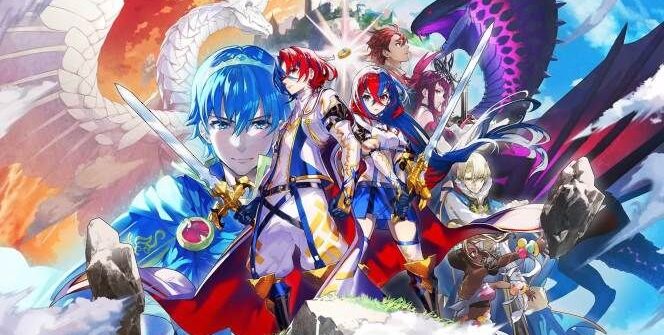
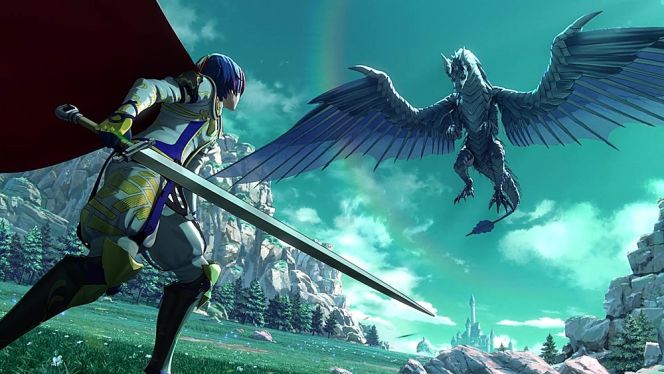
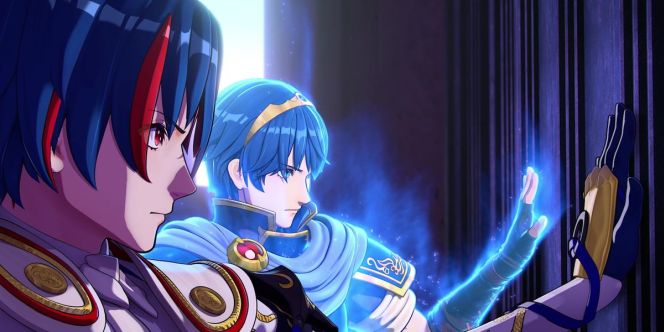
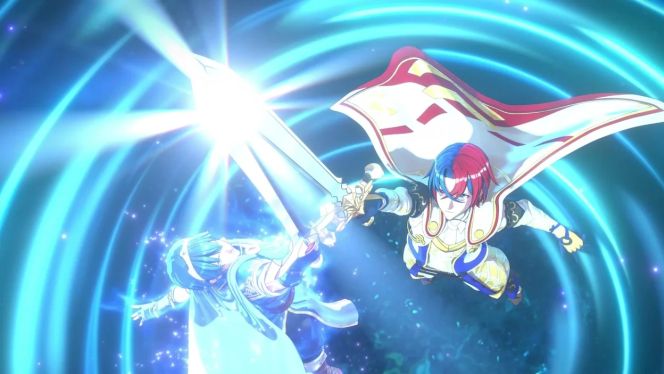
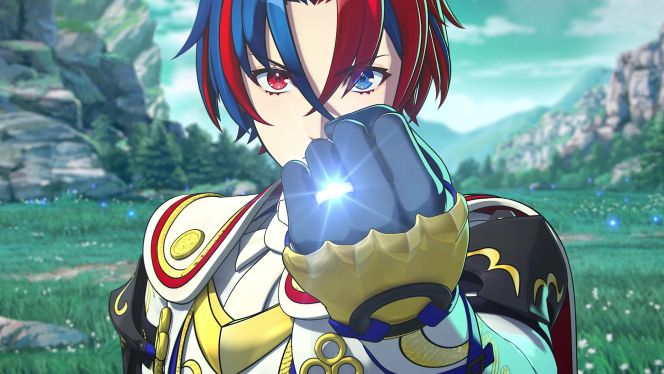








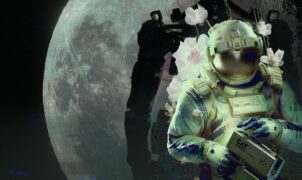




Leave a Reply